Report this entry
More from the same community-collection
El Paso City Baseball Team and Charles F. Jones
Champions of the Southwest-- in the middle sitting is the ...
Sandra Day O'Connor - 1948 - El Paso, Texas
Born on March 26, 1930, in El Paso, Texas, Sandra Day O'Connor ...
President Harry Truman Visits El Paso, Texas
September 26, 1948. First person the President looked for when ...
Dr. Jerome D. Love - El Paso, Texas
Dr. Jerome D. Love was one of the first traveling doctors, he ...
William Yandell 1842-1900 El Paso, Texas
William Martin Yandell was born in 1842 near Murfreesboro, ...
Nannie, Rust Yandell, El Paso,TX circa 1895
Nannie Rust Yandell, wife of Wm. M. Yandell , El Paso, TX circa ...

















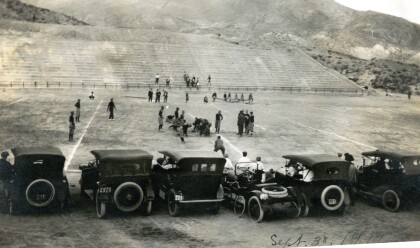
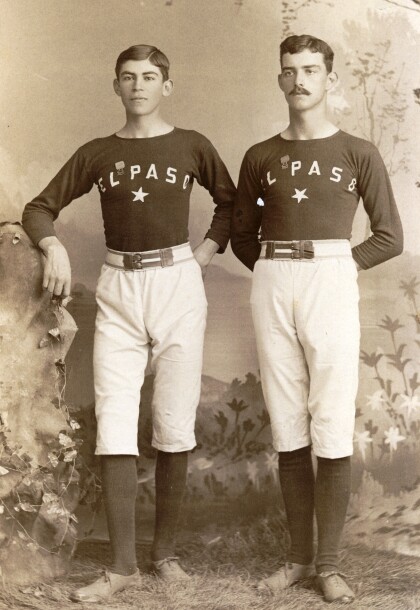
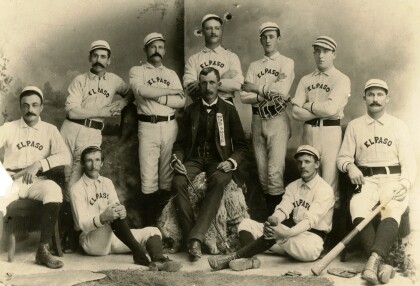
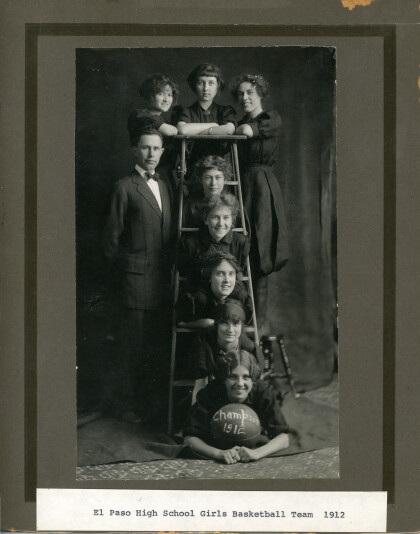
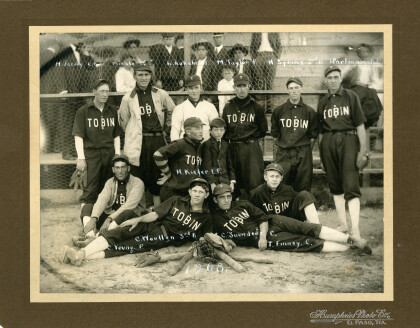
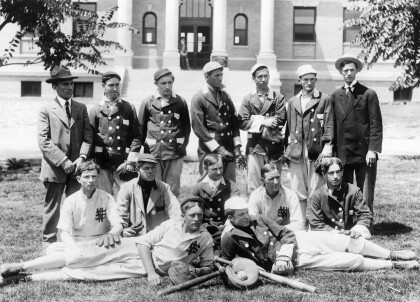
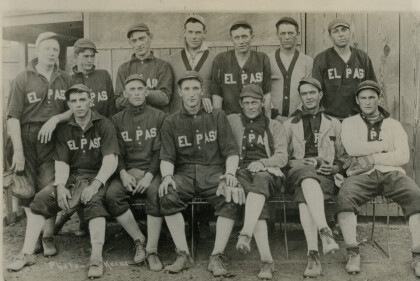
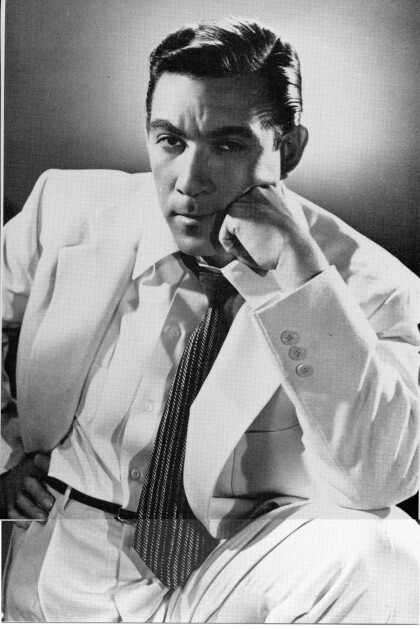
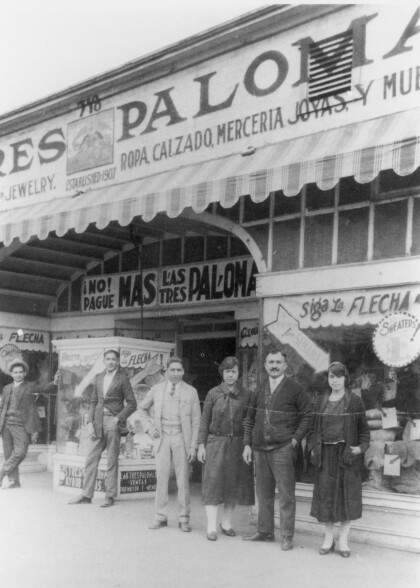
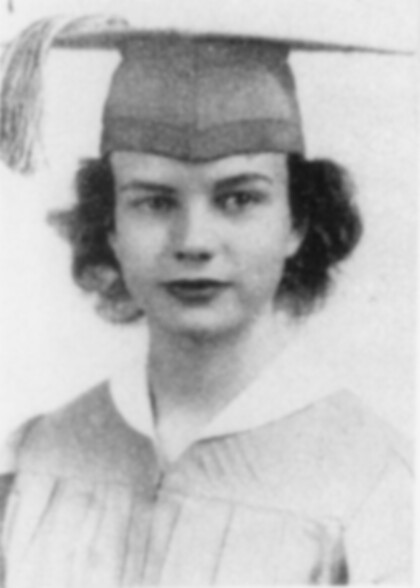
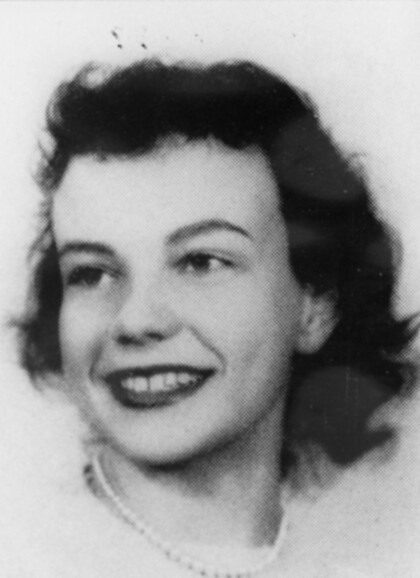
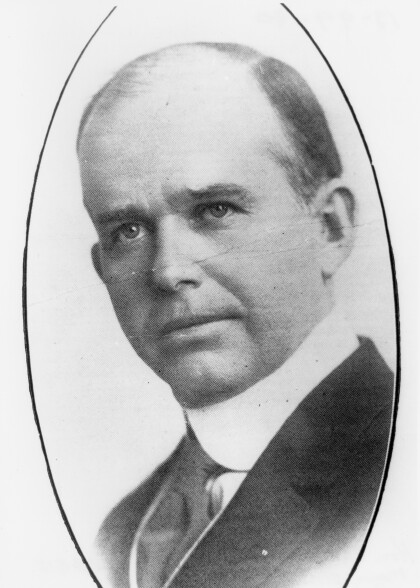
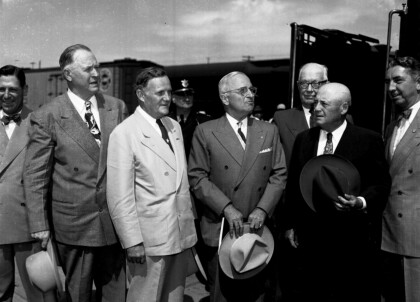
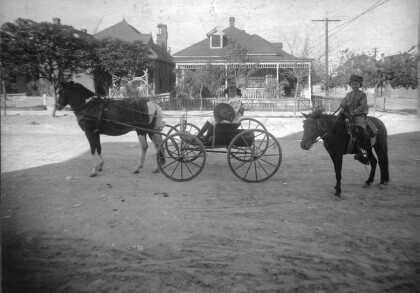

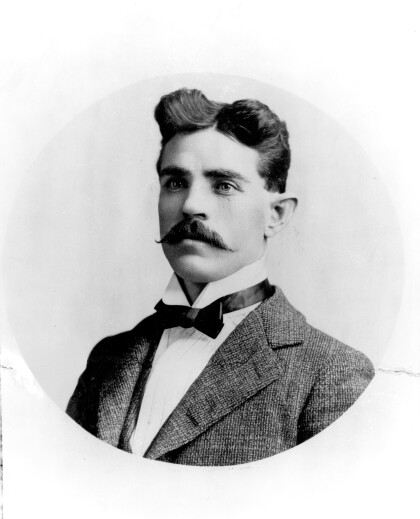
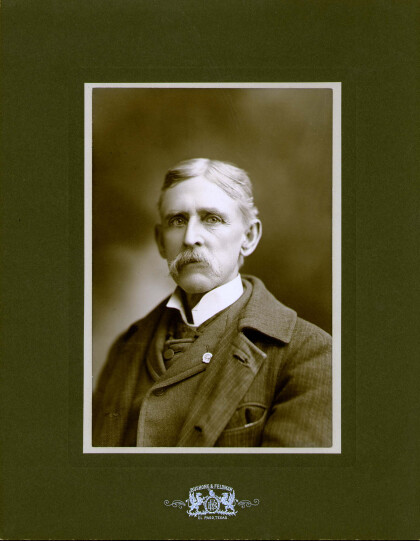
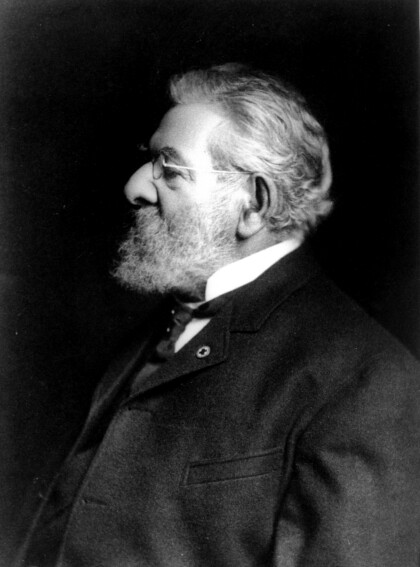
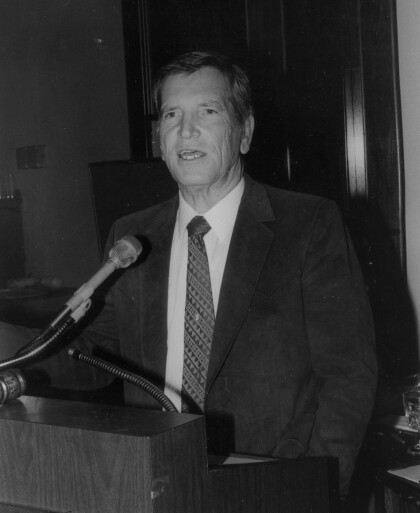
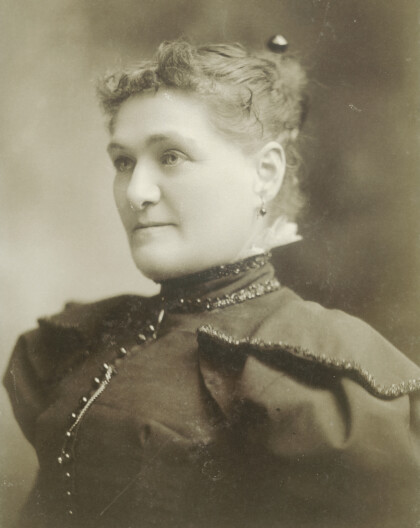
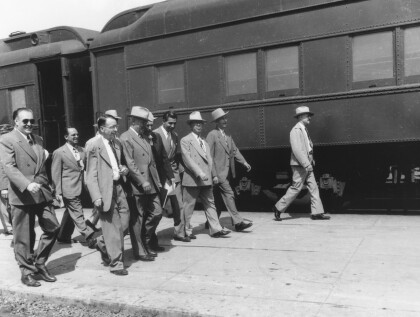
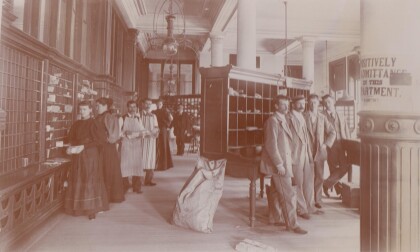
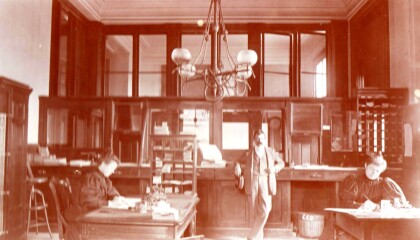
Comments
Add a comment